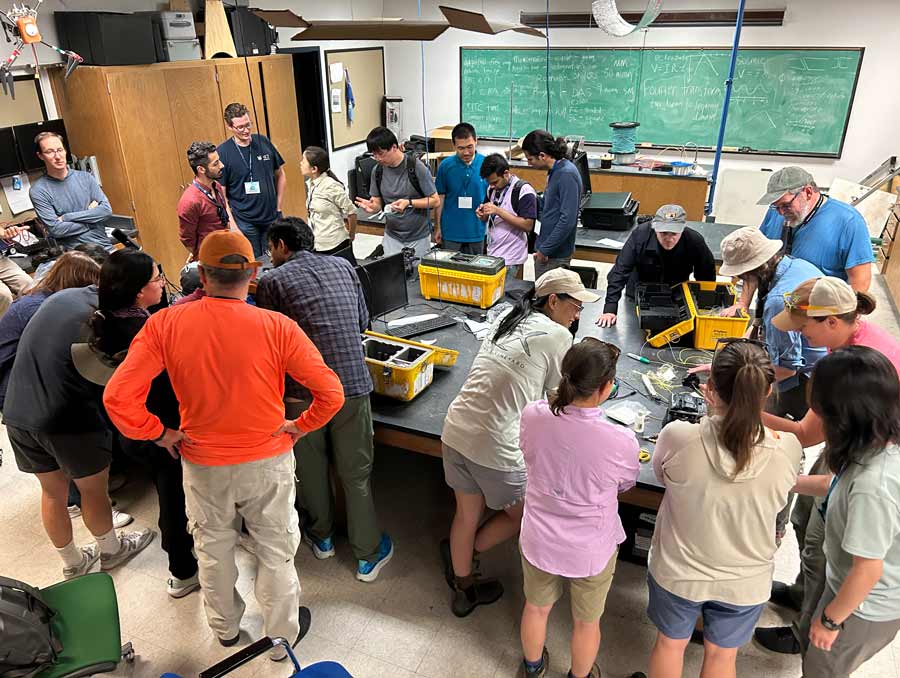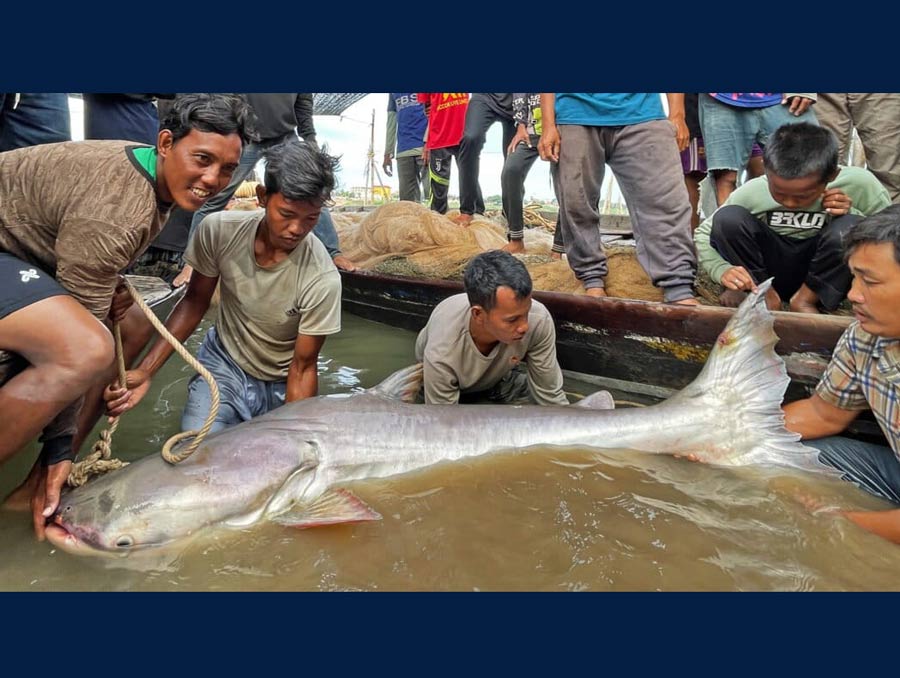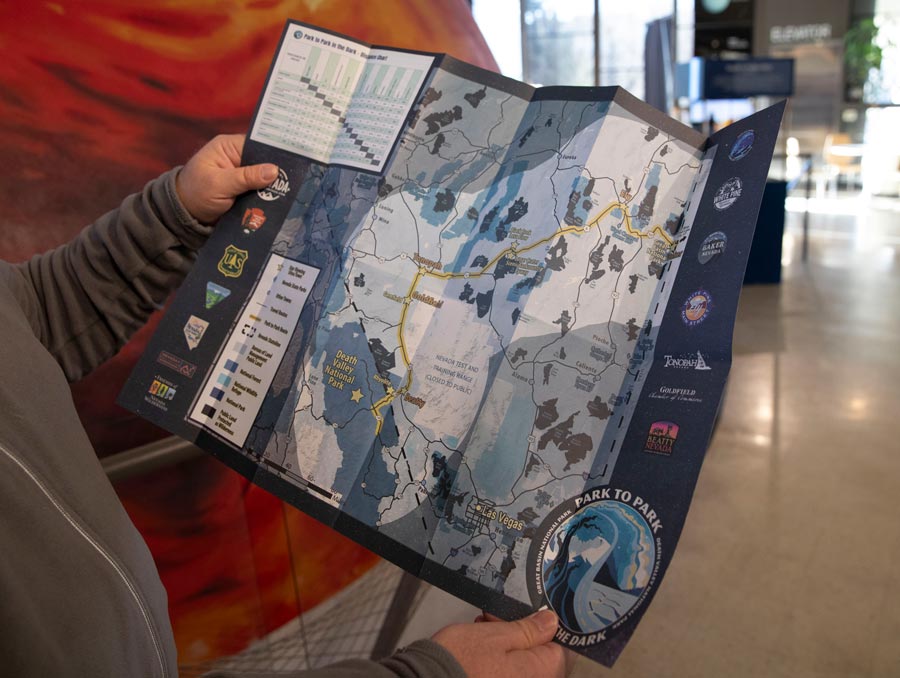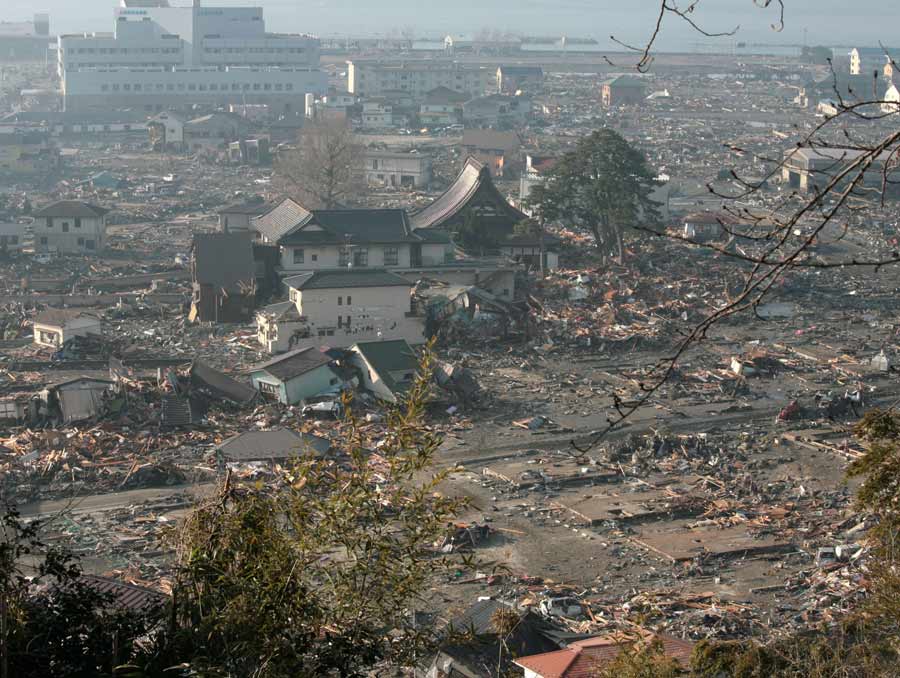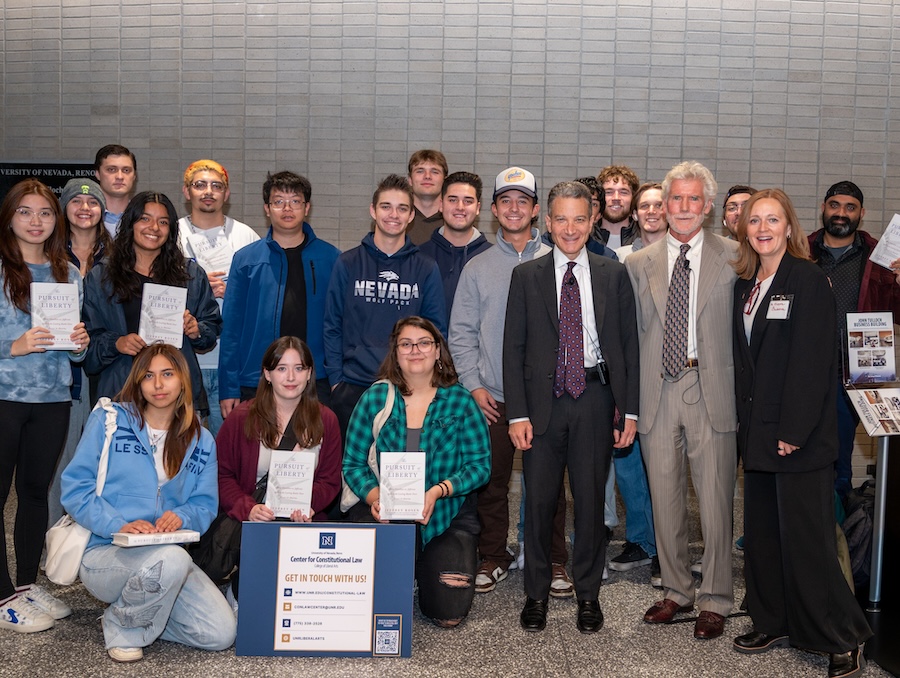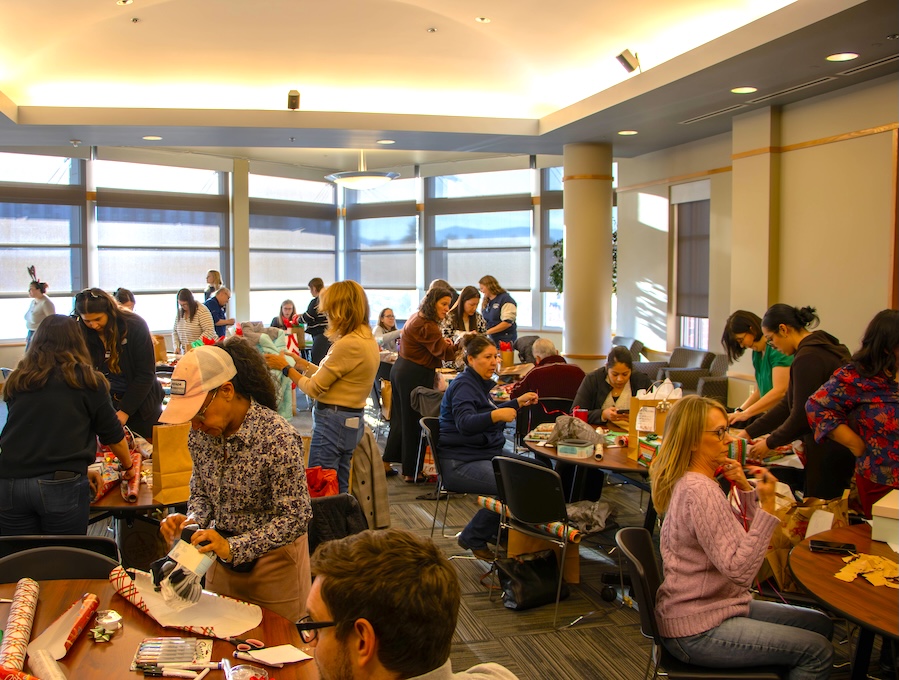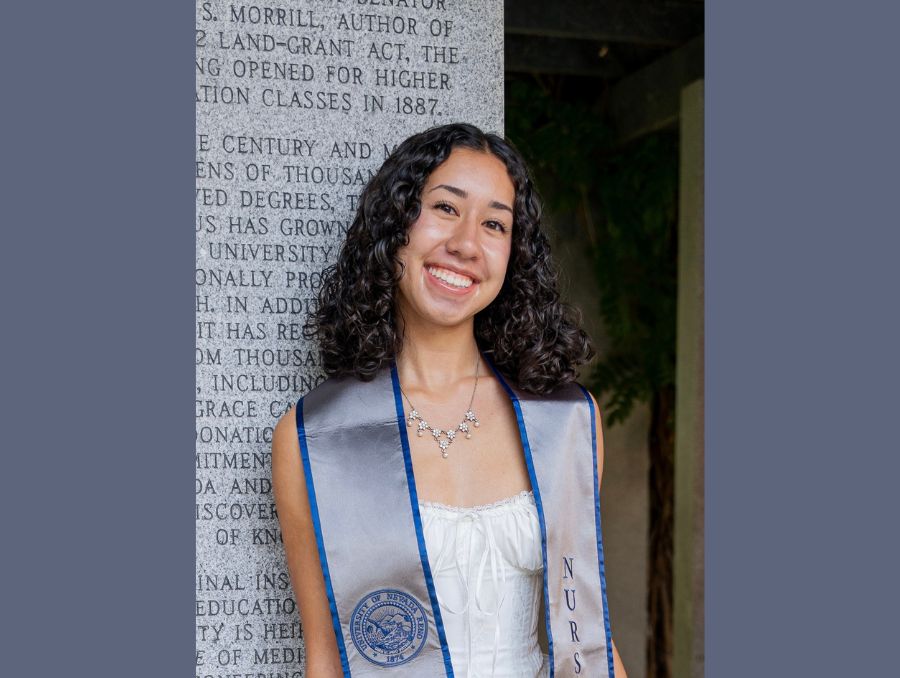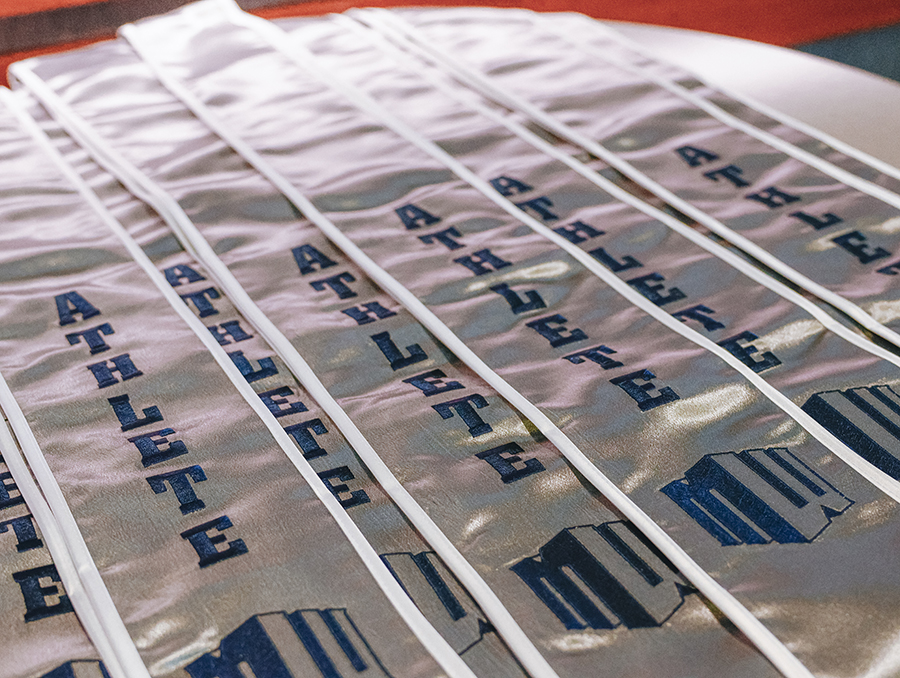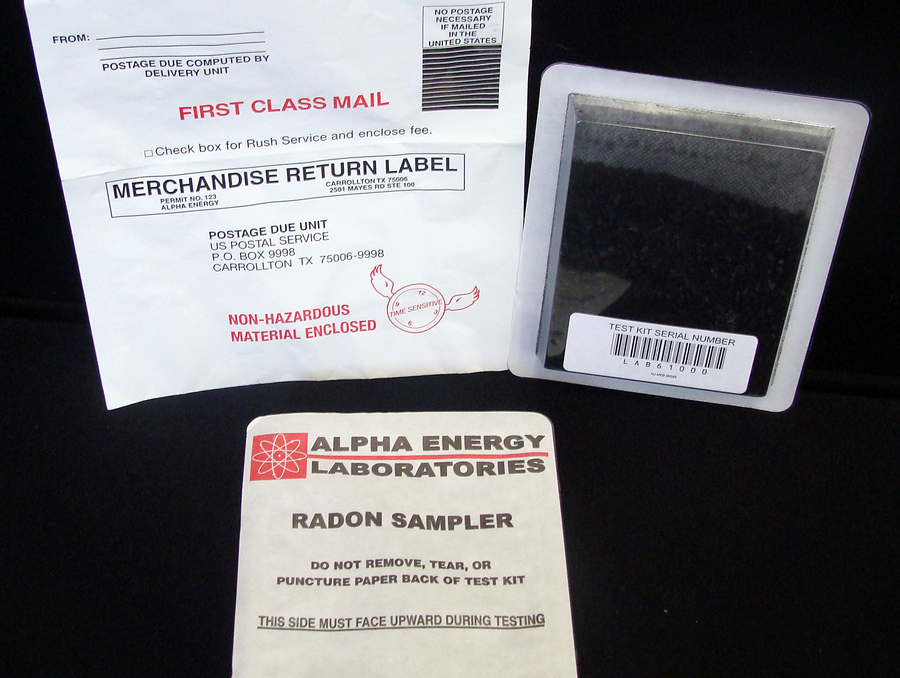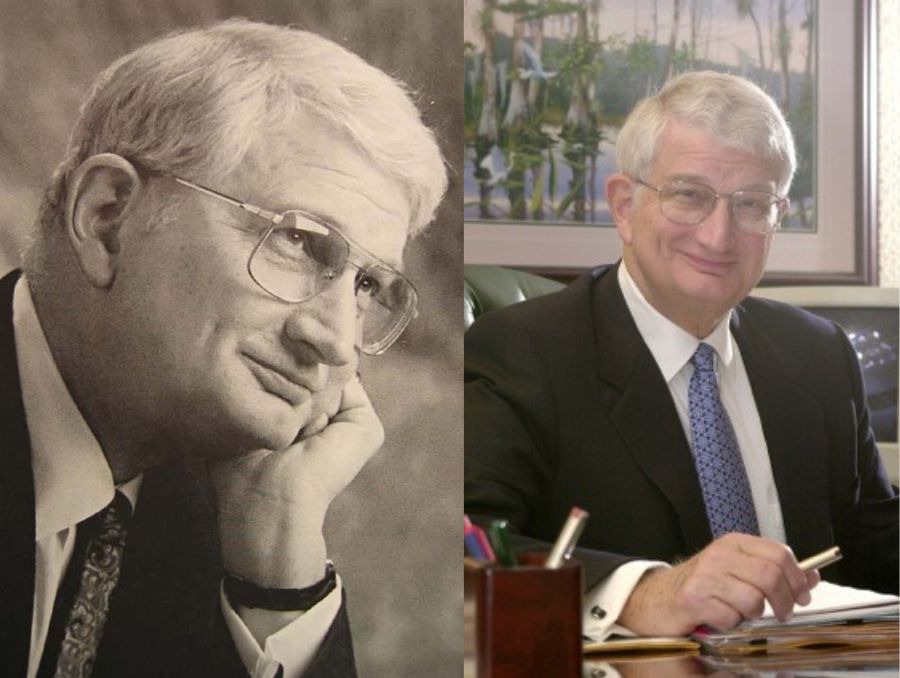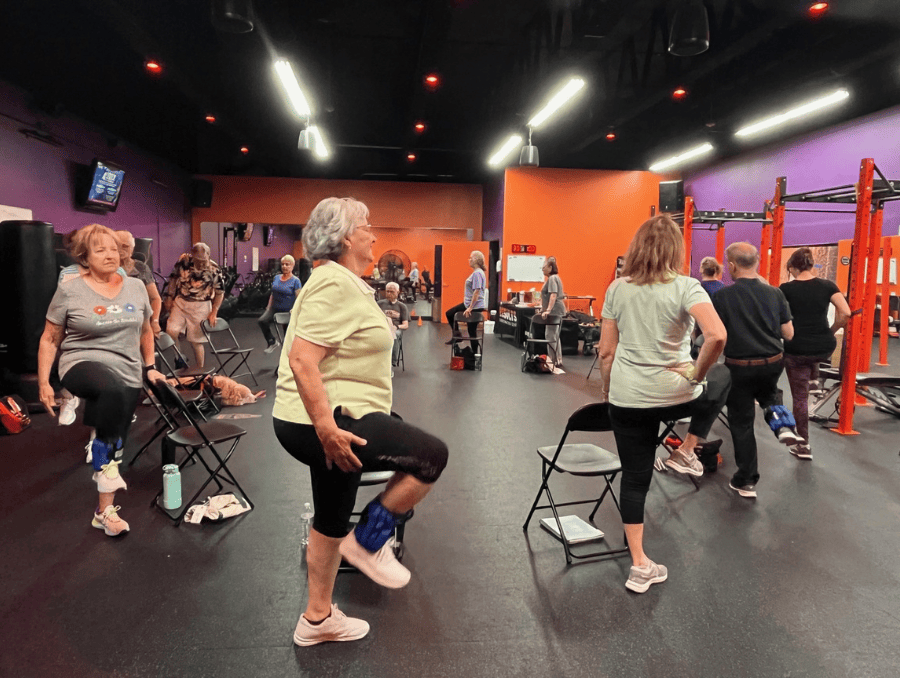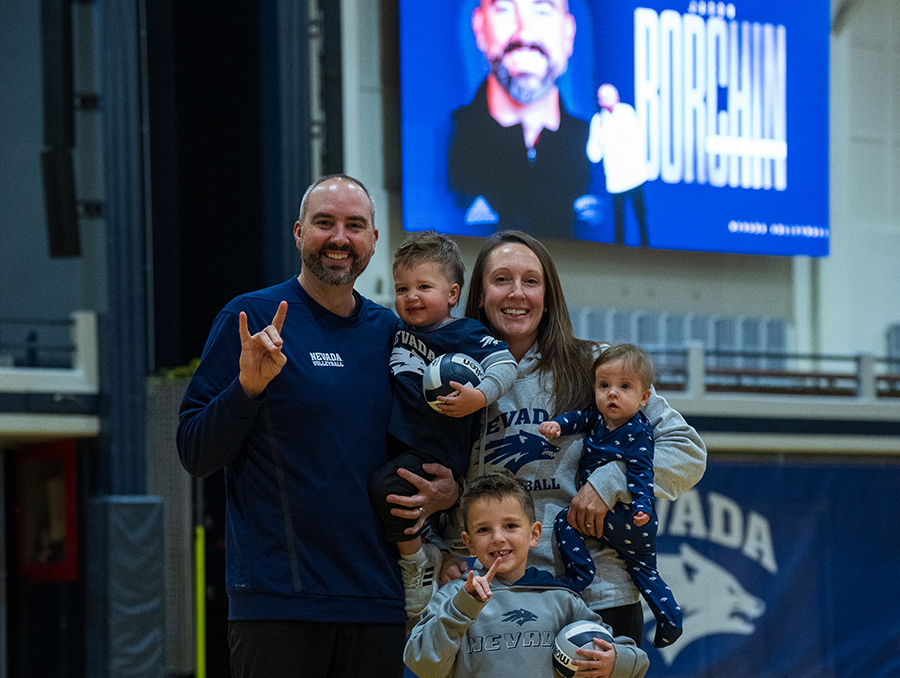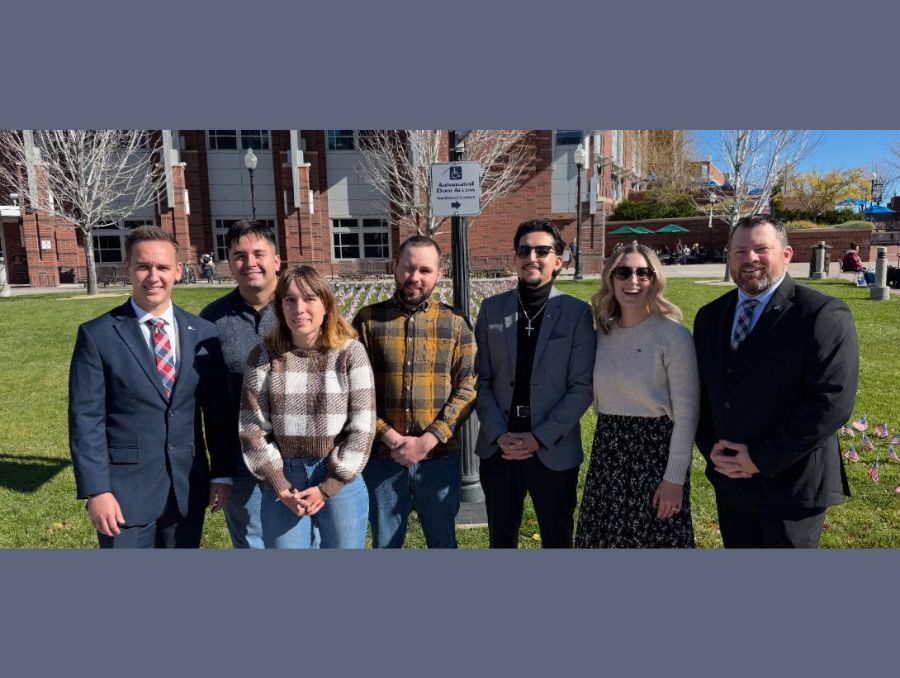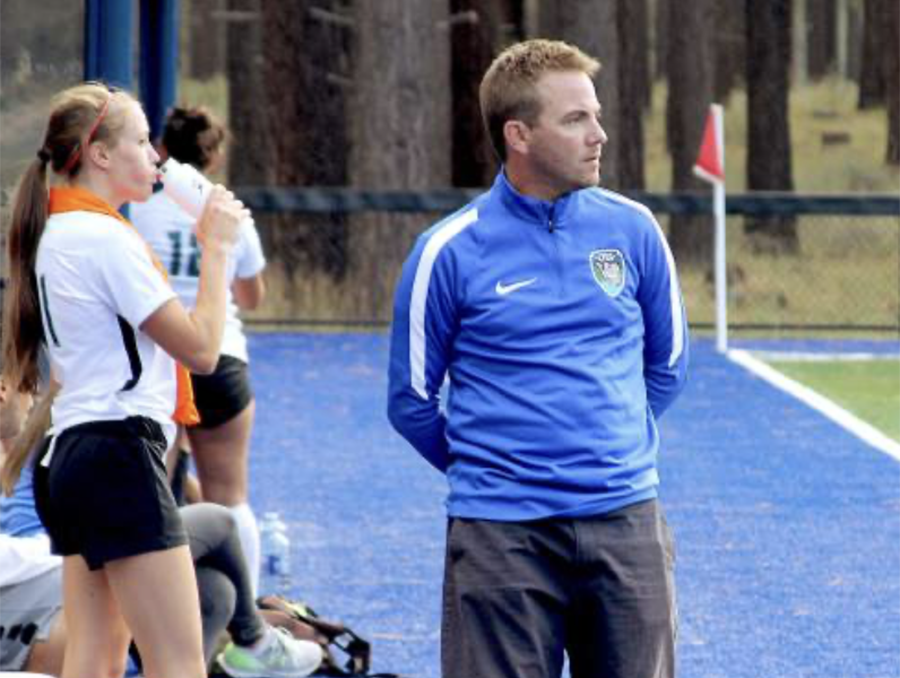The Center for Transformative Environmental Monitoring Programs (CTEMPs) had two major successes over the summer: it conducted a first-of-its-kind experiment on acoustic sensors and held a workshop which trained participants in environmental monitoring tools provided by CTEMPs.
“The University and CTEMPs are at the cutting edge of fiber optics sensing technology,” Chris Kratt, CTEMPs laboratory coordinator, said.
CTEMPs is funded by the National Science Foundation and provides technology that researchers can use for environmental monitoring.
Dark fibers and DAS interrogators
Fiber optics technology employs laser interrogators developed in the oil and gas industry for use in environmental monitoring. Sensors are deployed in the near surface environment to monitor things like temperature of water, air content, vibrations of shallow soil and what that means for water content, and more, with applications in environmental science, hydrology, geomorphology, seismology and beyond. CTEMPs conducted a unique experiment comparing seven distributed acoustic sensing (DAS) interrogators deployed side-by-side on a shared fiber at the Nevada Experiment Station, operated by the College of Agriculture, Biotechnology & Natural Resources.
Scott Huber, the senior assistant director at the Nevada Experiment Station, provided access to the site and supported logistics for trench installation and experimental setup.
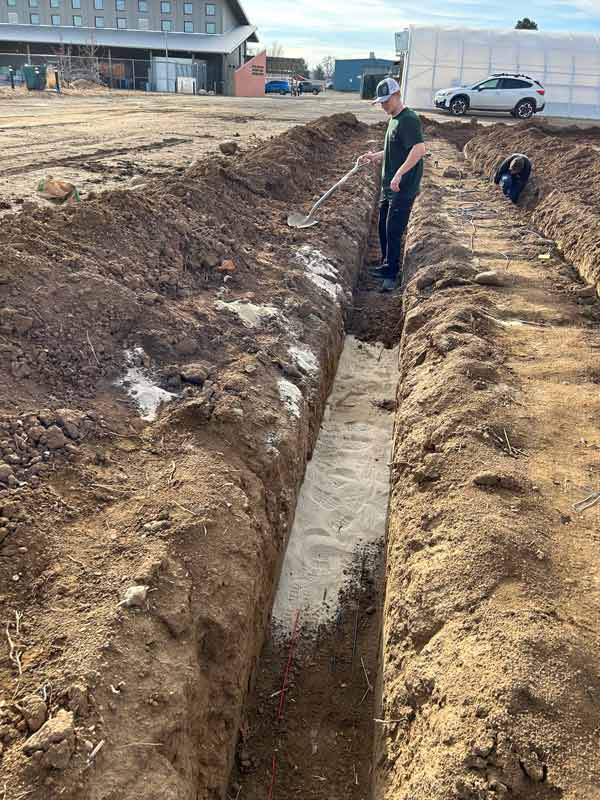
The CTEMPs team, along with colleagues from the Natural Hazards Engineering Research Infrastructure (NHERI) program at the University of Texas at Austin, EarthScope, Luna Innovations, Oregon State University and Aragón Photonics, utilized it to compare the DAS interrogators.
The experiment tested the response of the different DAS interrogators under various soil moisture conditions and different cable coupling environments like conduit or sand. Seismic sources during testing included a large shaker truck from NHERI, sledgehammer hits conducted by undergraduate students and ambient energy from nearby road traffic. Initial results show differences in signal strength depending on how the cable is buried, and differences among different DAS units.
Researchers visit campus from around the world to attend workshop
CTEMPs welcomed participants from fields ranging from oceanography to infrastructure resiliency. While there was a focus on early-career scientists, attendees spanned career stages and traveled domestically and internationally to attend the workshop.
Sara Sayyadi, a postdoctoral scholar with CTEMPs, co-led the DAS experiment design at the Nevada Experiment Station, coordinated the experimental plan and organized the August training workshop. She is now analyzing data from the field experiment.
“Designing the experiment and organizing the workshop was incredibly rewarding,” Sayyadi said. “We brought together a multidisciplinary team, developed a unique shared-fiber deployment, and created meaningful learning and networking opportunities for the broader research community.”
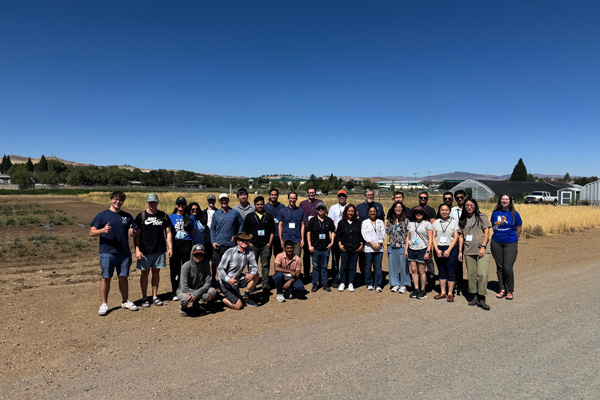
Attendees spent a week on campus learning theory behind DAS and distributed temperature sensing (DTS) and took advantage of the fiber-optic test bed to practice with both DAS and DTS in the field. This type of monitoring generates massive amounts of data, so participants also learned about real-time data processing and analysis. There were also opportunities for industry engagement. Instructors from the University of Nevada, Reno, Oregon State University, the Desert Research Institute and the Colorado School of Mines trained attendees from 19 institutions.
The attendees also had the opportunity to observe seismic energy on a dark fiber, which is a terrestrial and submarine telecommunications fiber that is installed but not currently in use. University Network Engineer Dante Heredia coordinated CTEMPs access to a dark fiber in the Gateway Parking complex that parallels I-80 and runs to Fernley, NV. The vibrations from trains, traffic and construction provide the signals that help scientists understand changes in subsurface geology and potentially identify seismic hazards, among other applications.
Attendees learned about the physics behind fiber optics monitoring and practical considerations for different deployments.
“What is so exciting about events like our workshop and field experiment is that it brings together researchers across institutions, disciplines, and career stage,” Adrian Harpold, Associate Professor in the Department of Natural Resources & Environmental Science and CTEMPs’ lead investigator, said. “Sometimes the benefit is tangible in the moment, but often these interactions lead to impacts on people’s careers years or even decades down the road.”
Information about next year’s workshop, trainings and other CTEMPs events is available on the CTEMPs website or by contacting Sayyadi.
